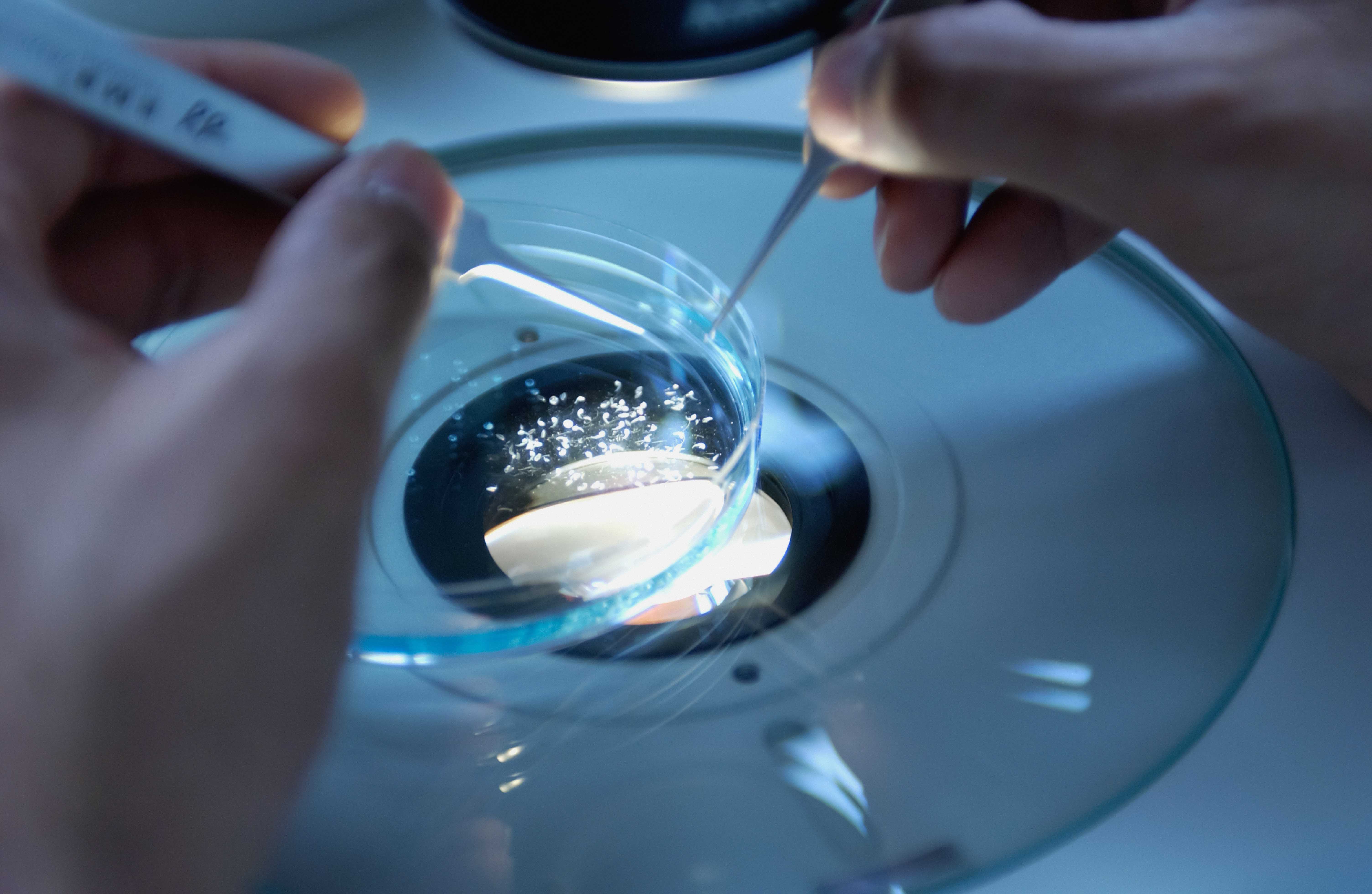| Model No. | Nomenclature | Genotype |
|---|---|---|
| 1175 | B6.129S2-Cd4tm1Nik Tg(CD4) N7 | Inquire for genotype |
Cd4 Knockout/hCD4

- Description
- Price & Licensing
- Overview
- Genetics
- Guides & Publications
- Transit, Housing & Welfare
- Diet
Overview
Nomenclature: B6.129S2-Cd4tm1Nik Tg(CD4) N7
- CD4 is a T cell differentiation antigen expressed as a transmembrane surface glycoprotein on thymocytes and mature T lymphocytes. The Cd4 Knockout/hCD4 mouse model expresses a dysfunctional variant of the human CD4 molecule on a murine Cd4 knockout background. The human CD4 transgene has a point mutation which disrupts interaction between the CD4 molecule and MHC class II molecules. The hCD4 transgene is overexpressed on lymphocytes in the thymus, spleen, and peripheral blood. However, the number of mature CD4+ T cells and Th cell function are decreased in comparison with wild type mice, providing evidence for the role of MHC class II-CD4 interaction in the maturation of the CD4 T cell lineage.
- The mutant hCD4 transgene also leads to an altered TCR repertoire, with different Vα and Vβ gene usage than is seen in wild type mice.
- This model can be used to study the development of the CD4 T cell lineage and to delineate the role of MHC class II interaction in T cell function and formation of the TCR repertoire.
Origin
Dr. Toshika Sakihama and colleagues in the Ellis Reinherz laboratory at Dana-Farber Cancer Institute made this human CD4 transgenic model on the murine Cd4 knockout background. A human CD4 molecule with a point mutation (Phe to Ile at amino acid residue 43) in the C’ strand residue of domain 1 (a region essential for binding MHC class II molecules) was generated by site-directed mutagenesis. The transgene was injected into fertilized eggs of mixed stock, and resultant transgene-positive mice were backcrossed to Cd4 knockout mice (Taconic model #1055) for 14 generations. The Cd4/hCD4 mice were received at Taconic in September 1999 and embryo transfer derived. The colony was maintained by breeding homozygous/hemizygous Cd4/hCD4 mice with homozygous Cd4 knockout mice to produce homozygous/hemizygous Cd4/hCD4 mice.
This model is cryopreserved and available for recovery. Models can typically be recovered and delivered to customers within 14-16 weeks after order receipt. Purchase of this model includes perpetual use rights and a deliverable of four mutant animals at the Murine Pathogen Free™ health standard along with a genotyping protocol. For models which include a recombinase gene or multiple alleles, all alleles will be provided, but individual animals may not contain all mutant alleles.
Taconic’s Colony Management experts can design a plan to grow your colony faster.
Genetics
Guides & Publications
Initial Publication:
Sakihama T, Hunsicker ME, Hussey RE, Reinherz EL; Human CD4 residue Phe 43 is critical for repertoire development and maturation of MHC class II restricted CD4 single-positive T lineage cells in vivo; Eur J Immunol 2000 30:279-290. Note: The transgene with the point mutation (F43I) described in this publication is inserted on the X chromosome. The line received at Taconic has the same mutant hCD4, however, it is not linked to the X chromosome. The phenotype, class II MHC restriction and dependence are the same as described in the publication.
Transit, Housing & Welfare
Need more info? Click the live chat button or Contact Us
Diet
- Licensing
- Pricing - USD
- Pricing - EUR
- Select my Health Standard
- Get Custom Pricing Guide
Cd4 Knockout/hCD4
This model is sold under terms which grant perpetual use rights.
Pricing - USD
1175
| Item | Commercial | Nonprofit |
|---|---|---|
| Cryopreserved Model | $29,400.00 | $21,000.00 |
Cryopreserved models are invoiced upon shipment of recovered animals. Once orders are placed, the full purchase price will be applied if the order is canceled. For orders greater than 4 animals, please contact Taconic for options.
Fees for Taconic Transit Cages™ and freight are in addition to the price above.
Pricing - EUR
1175
| Item | Commercial | Nonprofit |
|---|---|---|
| Cryopreserved Model | €26.250,00 | €19.425,00 |
Cryopreserved models are invoiced upon shipment of recovered animals. Once orders are placed, the full purchase price will be applied if the order is canceled. For orders greater than 4 animals, please contact Taconic for options.
Fees for Taconic Transit Cages™ and freight are in addition to the price above.
Select my Health Standard
Need help choosing the right Taconic Biosciences health standard for your research?
Use the Health Standard Selector to enter your exclusion list. The tool will tell you which health standards meet your requirements.
Get custom pricing guide
Schedule A Scientific Consultation
Speak with a PhD-level Field Application Scientist who can help you select the most appropriate model and maximize your experimental success.






.jpg)
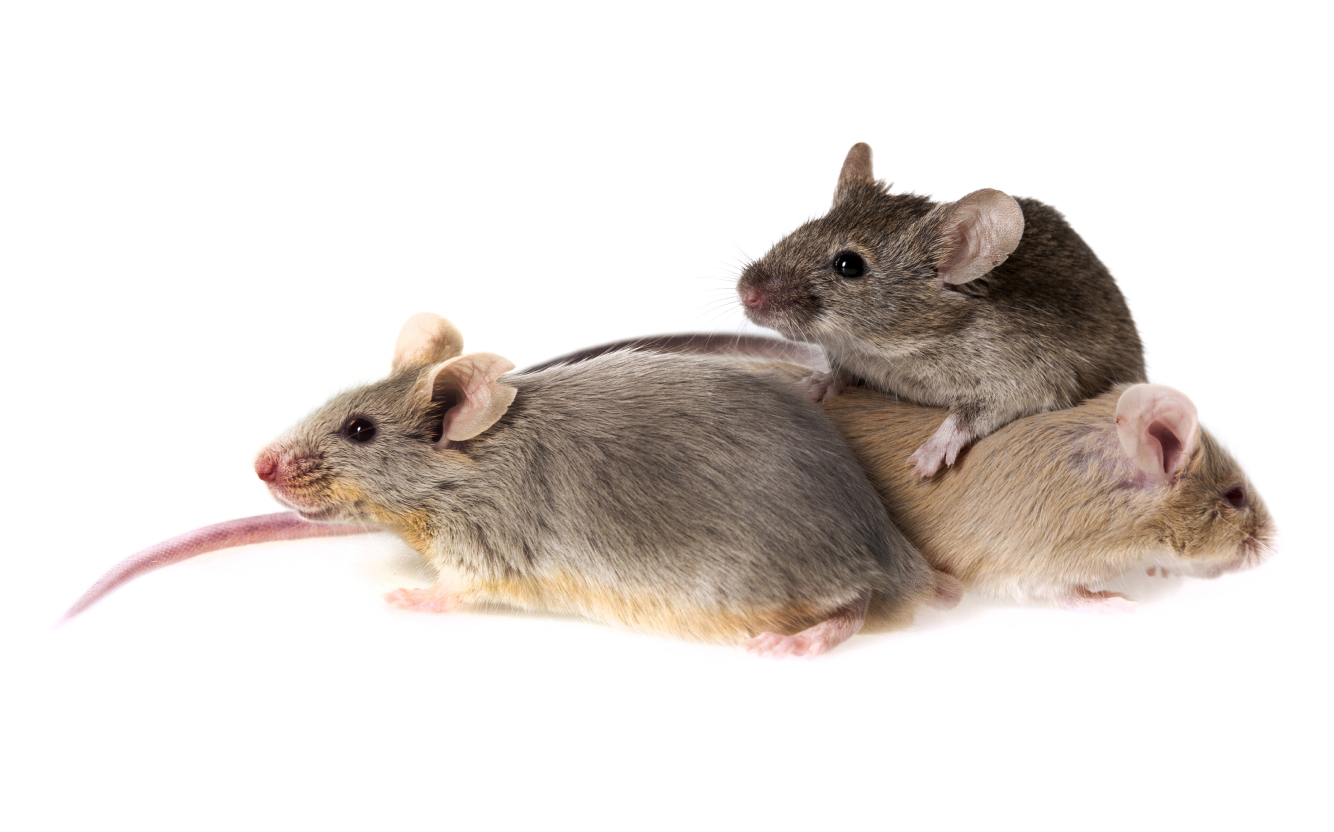
.jpg)
.jpg)
.jpg)
.jpg)





.jpg)
.jpg)


.jpg)
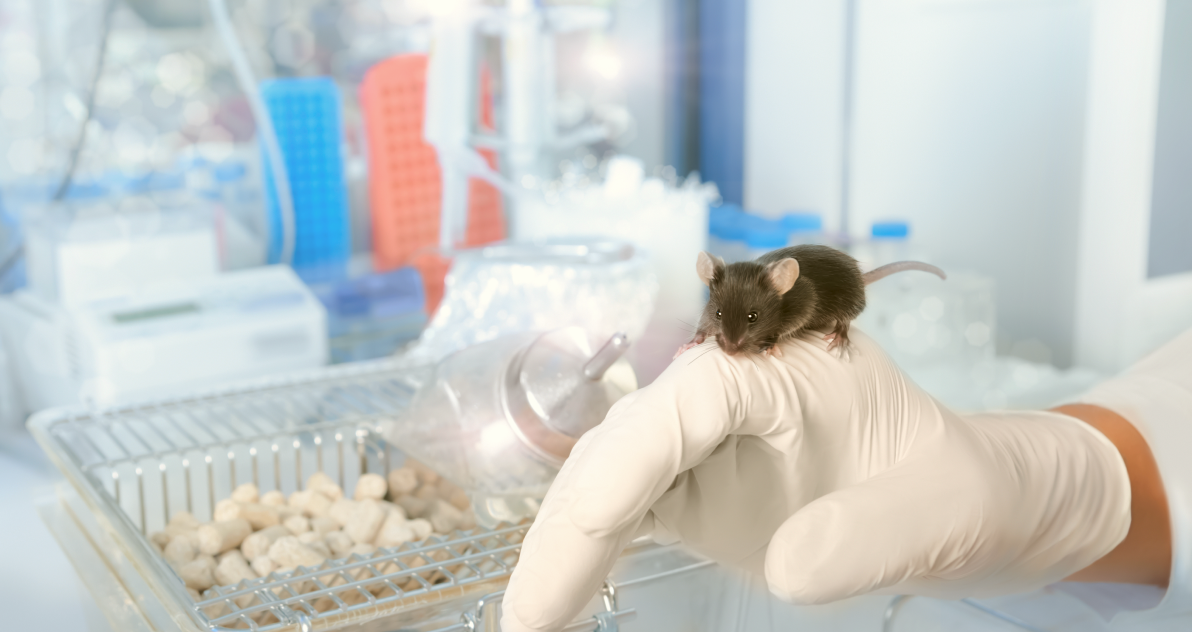
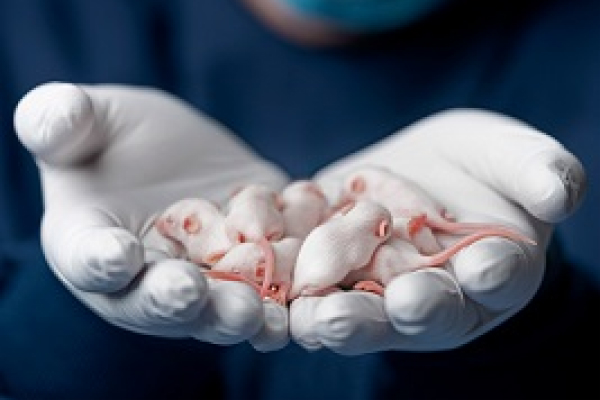

.jpg)


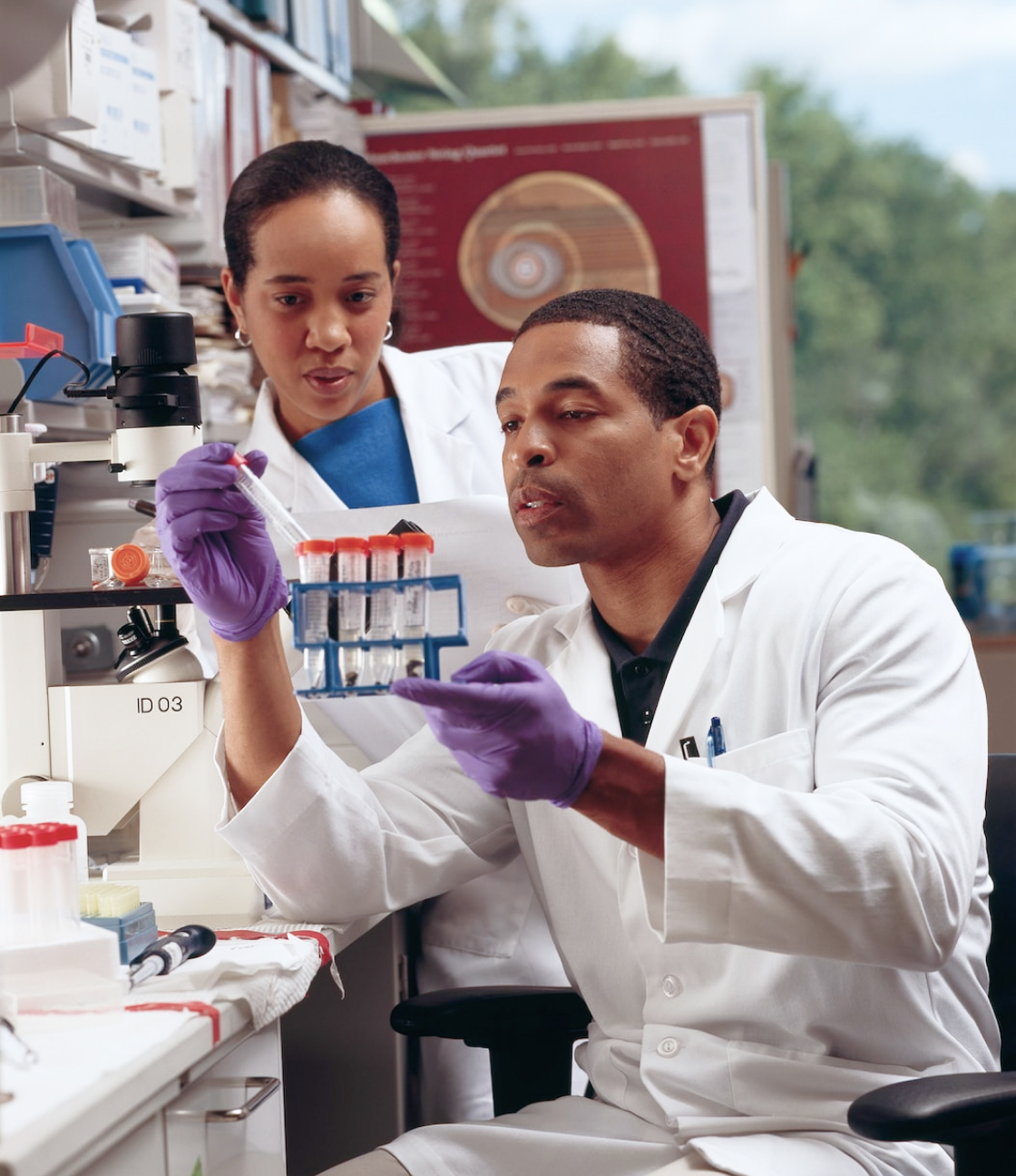

.jpg)

.jpg)
.jpg)
